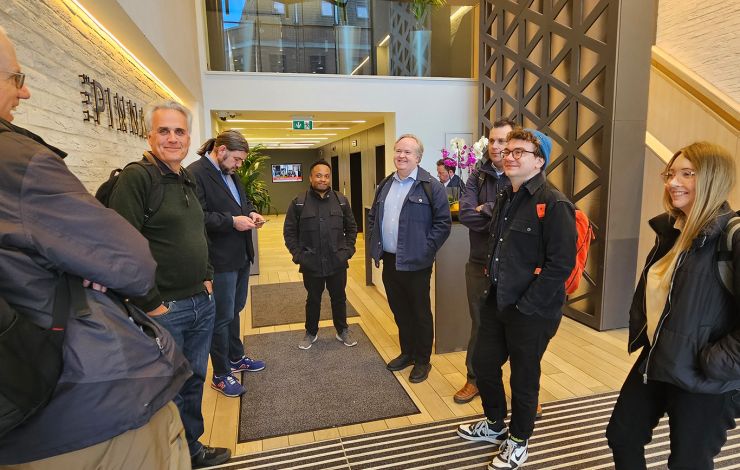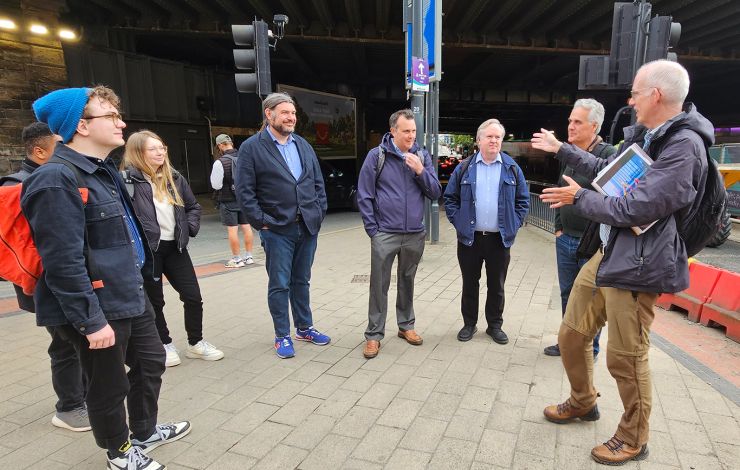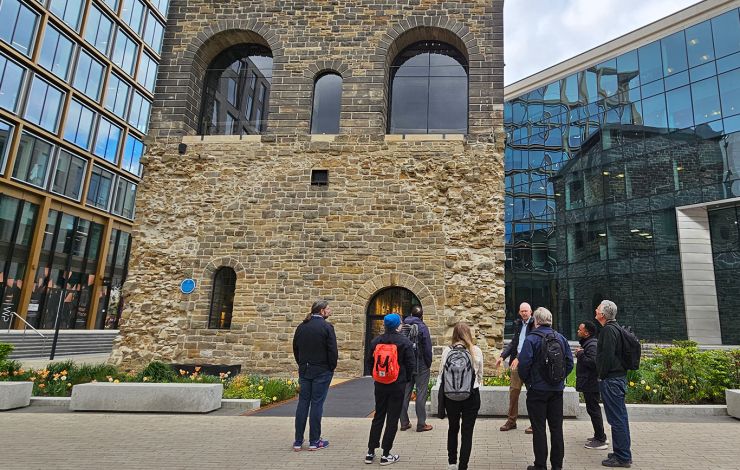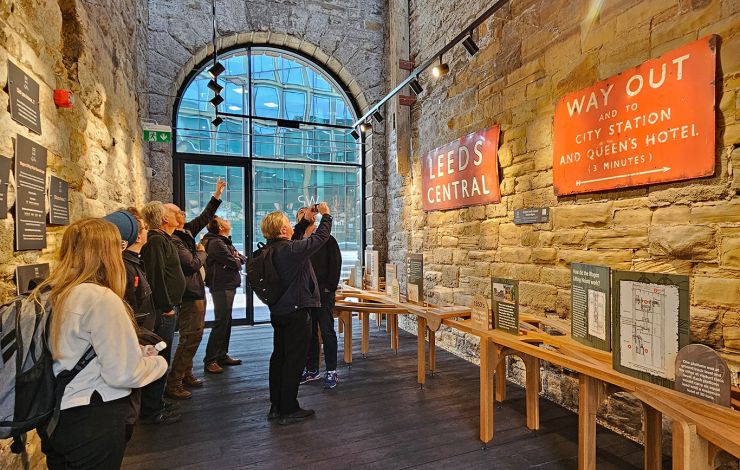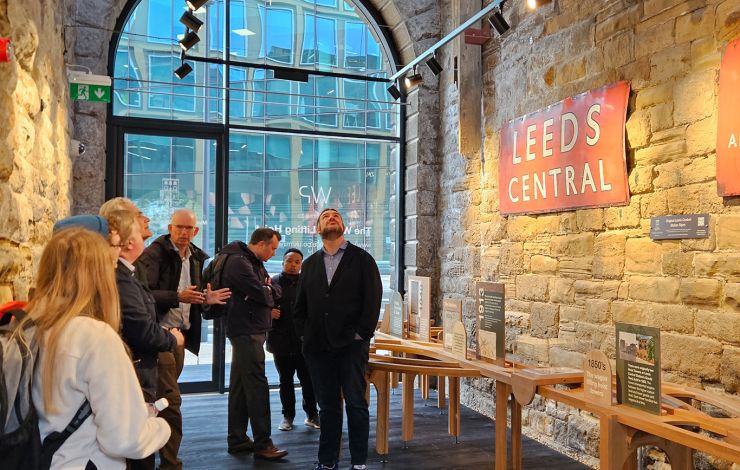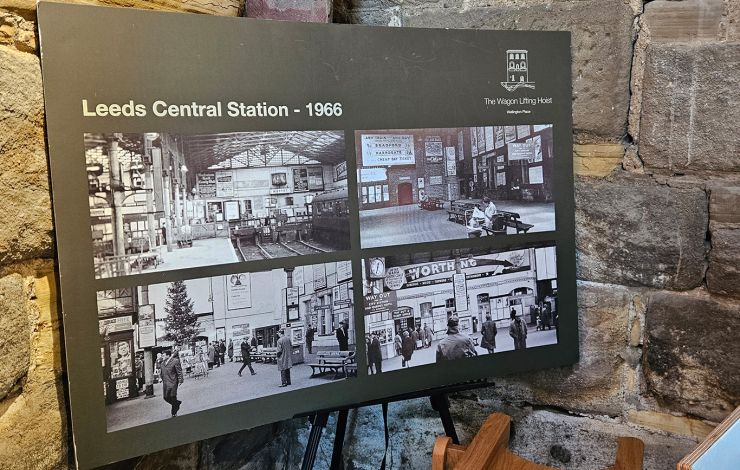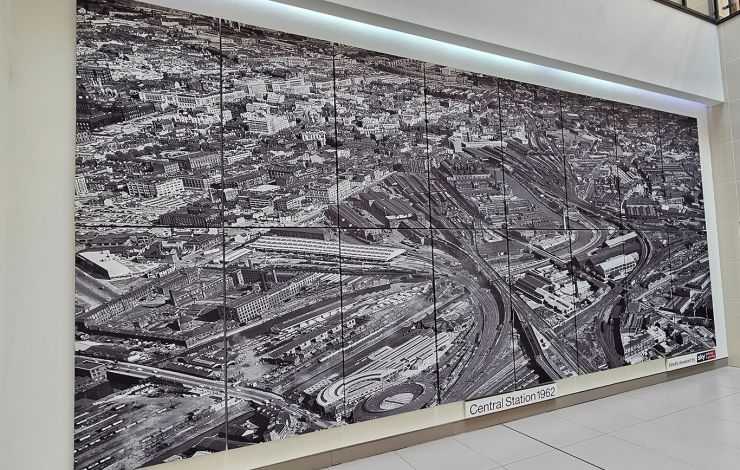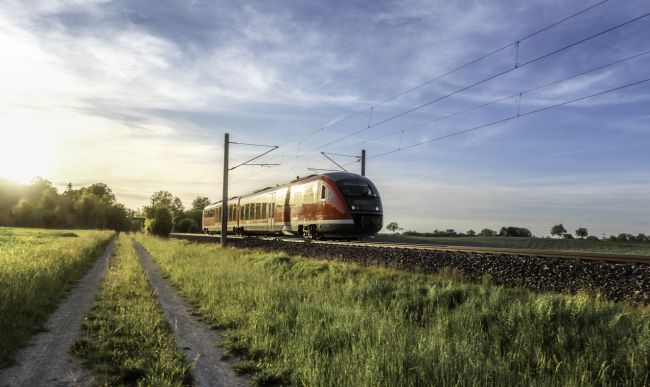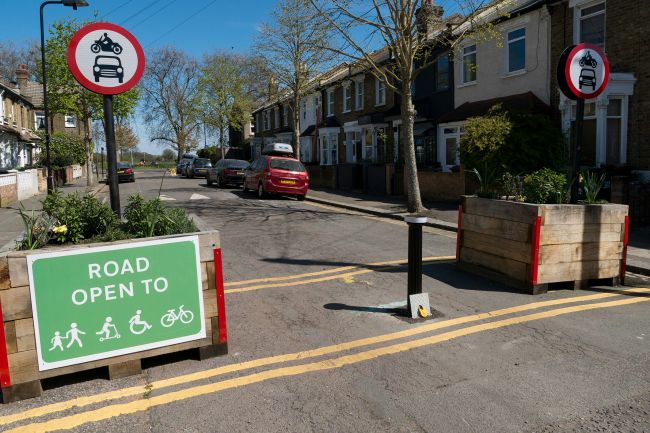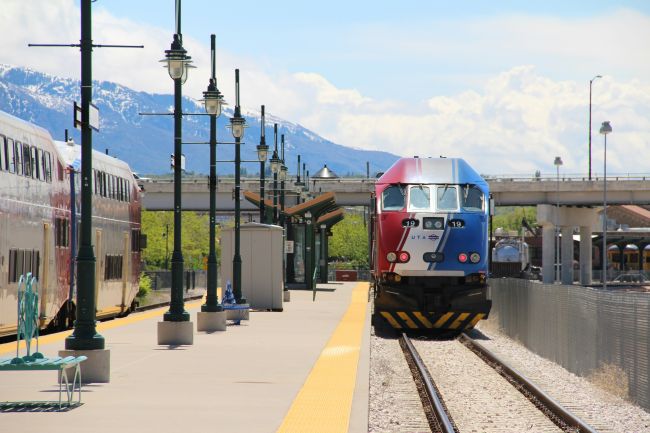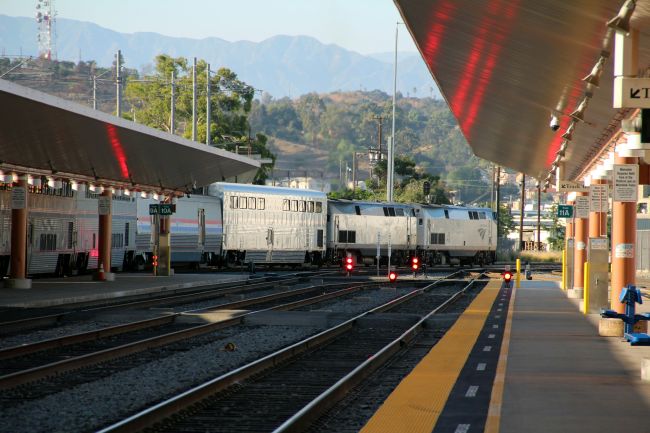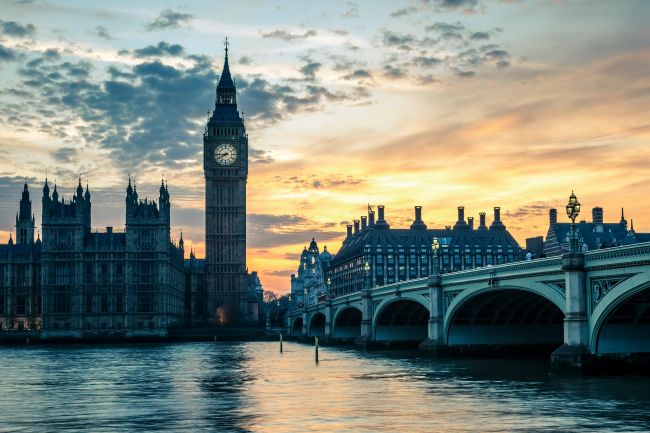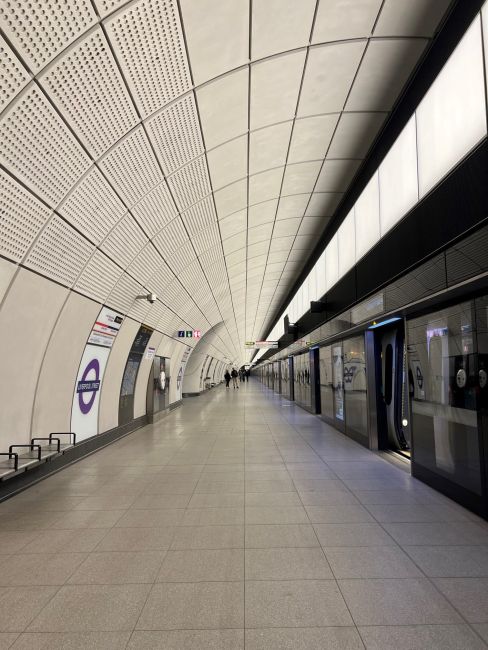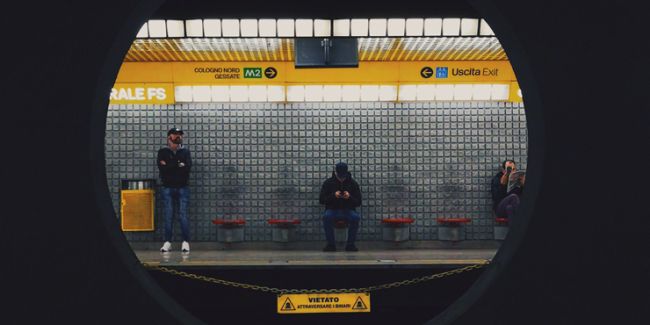Beyond the Rails in Leeds: uncovering the city’s railway past and industrial heritage
As part of Steer’s Beyond the Rails campaign, we recently joined local historian Clifford Stead for a two-hour walking tour through Leeds.
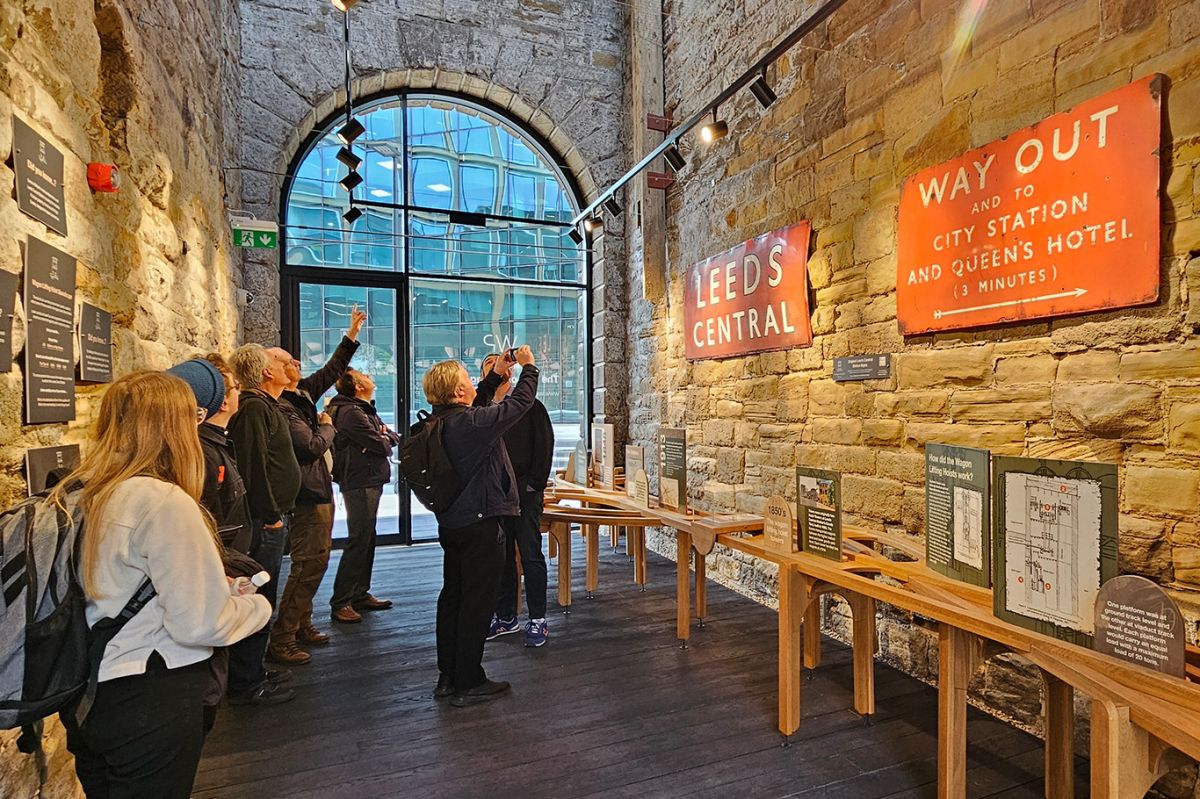
As part of Steer’s Beyond the Rails campaign, we recently joined local historian Clifford Stead for a two-hour walking tour through Leeds—exploring how the city’s rich railway and industrial past continues to shape its future.
We began outside Leeds station, tracing the stories of three former stations once clustered around City Square: New Station, Central Station, and Wellington Station. Clifford brought this layered transport history to life—highlighting lost tram lines, original railway arches, and the role of rail in powering Victorian Leeds.
Nearby, we paused to admire a spectacular aerial image titled “Central Station 1962”—a striking reminder of how much the city centre has transformed over time.
We visited Tower Square, home to the old wagon hoist building, now home to the Leeds Transport Historical Society museum. This small but brilliant collection of artefacts, photographs and engineering exhibits told the story of how goods and people once moved through the city.
Our walk continued along the Monk Bridge viaduct, now repurposed as Viaduct Gardens at The Junction—offering unique views of Leeds and a powerful example of how historic infrastructure is being adapted for today’s cityscape.
We also explored the story of Matthew Murray, the pioneering Leeds engineer who built the world’s first commercially successful steam locomotive, and visited the iconic Temple Works—a former flax mill inspired by Egyptian temples and home to the world’s first hydraulic lift (famously used to raise sheep to graze on its grass-covered roof).
The tour also touched on some of the more complex chapters in Leeds’ rail legacy—from the corruption scandal involving John Poulson, to the lasting impact of the Beeching cuts, which significantly reduced rail access across Yorkshire in the 1960s.
A huge thank you to Clifford and everyone who joined us for a brilliant afternoon of stories, history, and fresh perspective on the infrastructure beneath our feet.
Want to know more about Beyond the Rails?
Explore upcoming events, panel discussions, and local activities from the Beyond the Rails campaign—marking 200 years since the Stockton & Darlington Railway and shaping the future of rail. View all events and activities.
